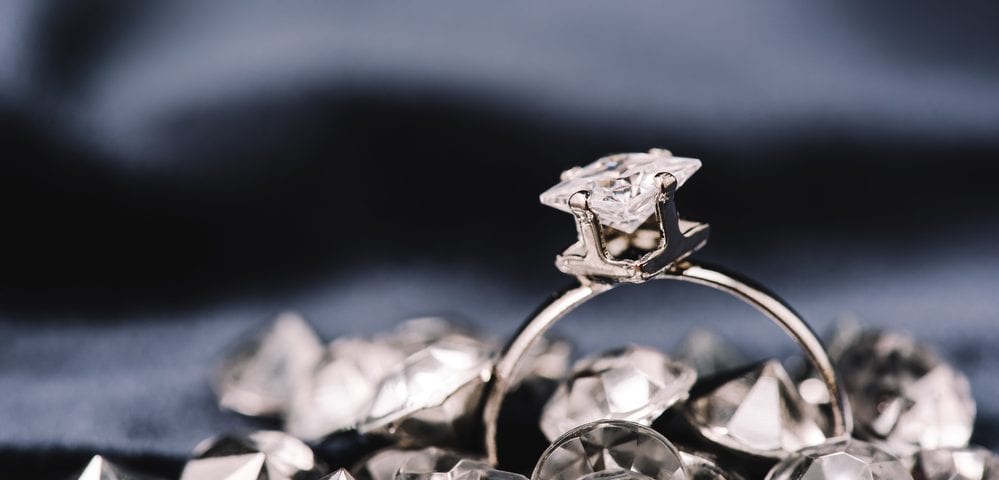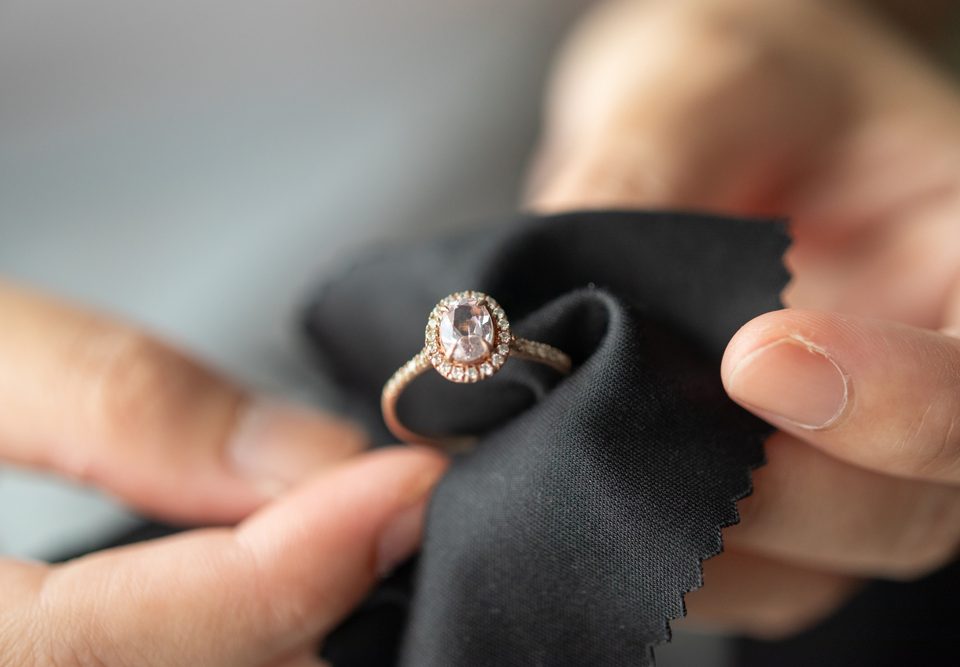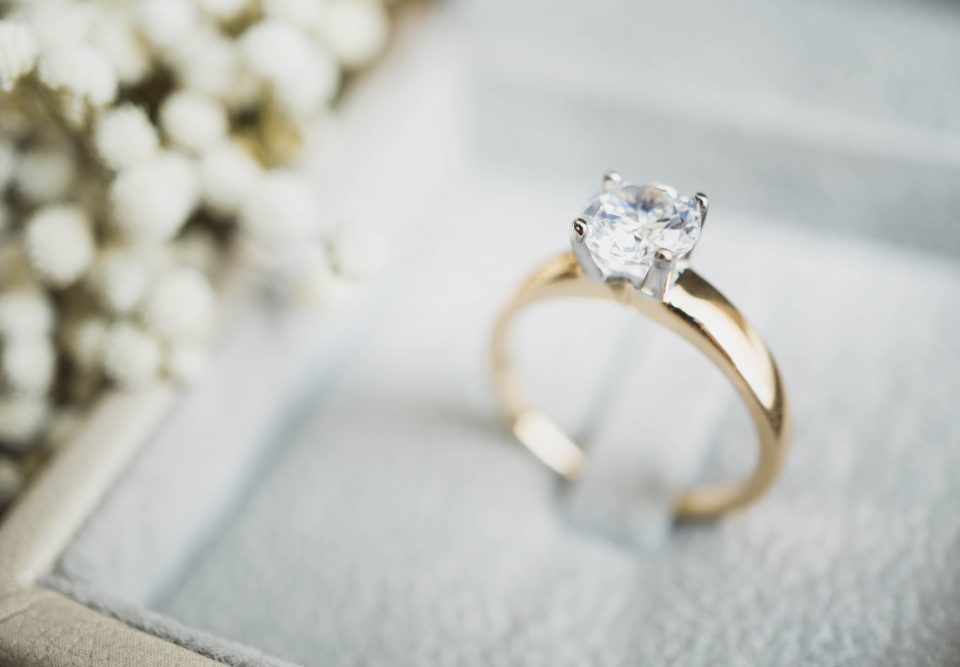- Quick contact:
- 801.359.2035
The External Factors that Affect Diamond Valuation

When it comes to the price of a given diamond ring or piece of jewelry, there are two general tracks to consider. The first is the one you hear more about: Areas like cut, color, carat weight and other specific descriptors of the given diamond.
The second, however, is one we regularly are sure to remind our clients of at AAA Jewelers: The broader economics of the diamond world. Like any other high-value commodity, diamonds used for everything from engagement rings to jewelry pendants have their own fluctuating market, one that can have a fairly large impact on diamond pricing. Here’s a quick primer on this realm for those wondering about this often-underplayed area.
Journey to the Jeweler
For starters, and area many clients don’t think about with regard to diamond pricing is the path a given stone took to find its way to your jeweler. Those beautiful stones you see in our showroom generally come from what’s called diamond rough, a less shiny or polished material that’s later converted into a diamond or group of diamonds for purchase.
How, though, does the diamond rough get to your jeweler to begin with? The answer will vary based on supply lines and other factors, but it’s important to note that this route can be a costly one. When you then factor in the work it takes to cut a diamond ring or other piece of jewelry from the rough, especially for shapes that require significant cutting (like round diamonds), you can understand why many diamonds are fairly pricey.
Exponential Pricing Model
It’s also important to note that when it comes to diamond pricing, the industry generally follows what’s called an exponential pricing model. This means that a diamond that’s two carats in weight will not be precisely double the price of a one-carat diamond with the same quality and shape – rather, it will be closer to three times the amount.
But because weight is distributed evenly throughout the diamond, such larger stones may not look twice as big. That doesn’t mean they don’t hold value, though, as they clearly do.
Basic Supply and Demand
Finally, you have to consider basic supply and demand economics when it comes to diamonds. Like with any other major product, the most popular shapes or styles will be in the highest demand, and therefore will rise in price.
The trick here is determining trends and current market values, which change regularly within the diamond world. While round diamonds are relatively timeless and remain at the top of most diamond value charts permanently, other shapes come and go in terms of trendiness and popularity – this is why working with seasoned diamond professionals like ours is the right move.
For more on the external factors that determine diamond pricing and value, or to learn about any of our diamond engagement or fashion jewelry, speak to the staff at AAA Jewelers today.



